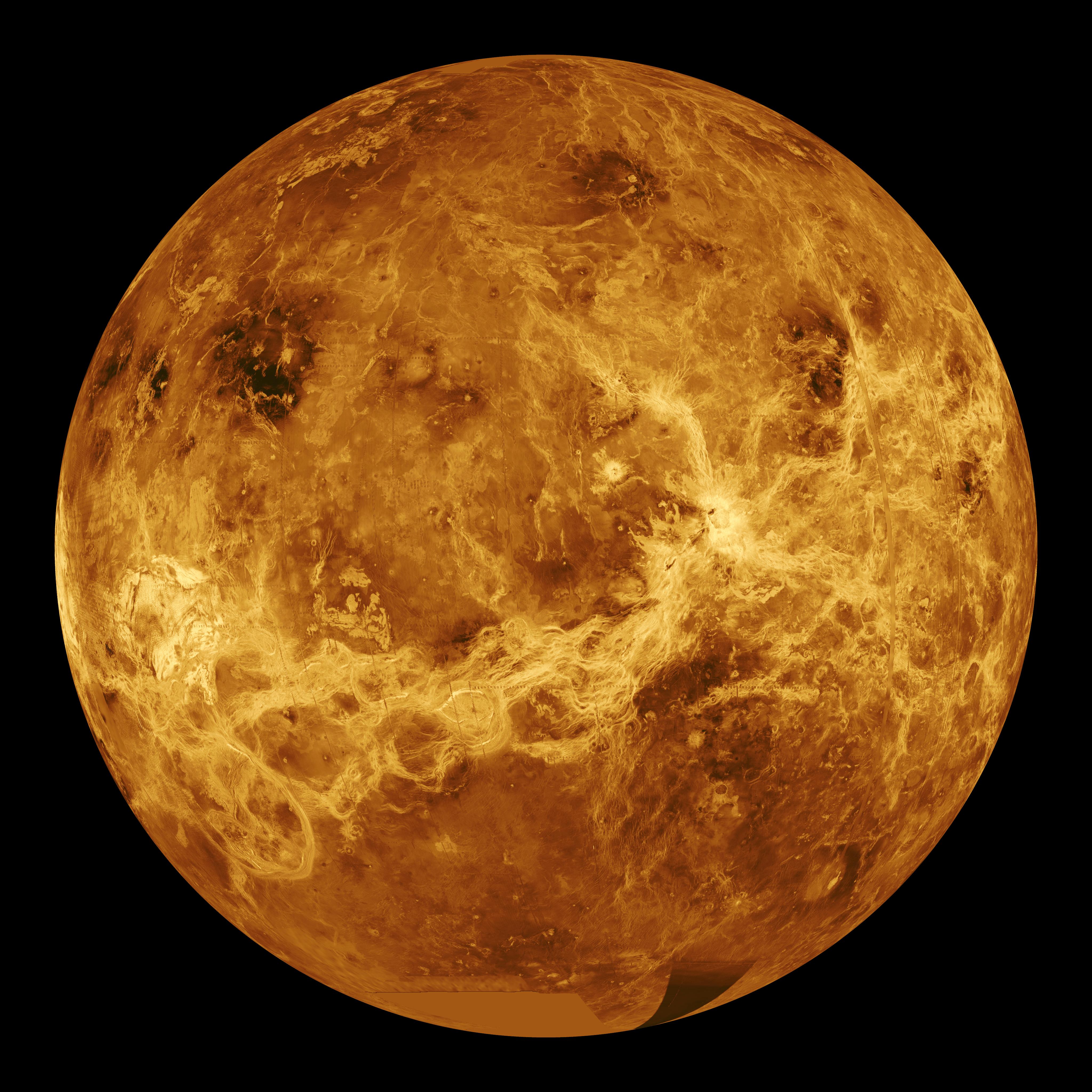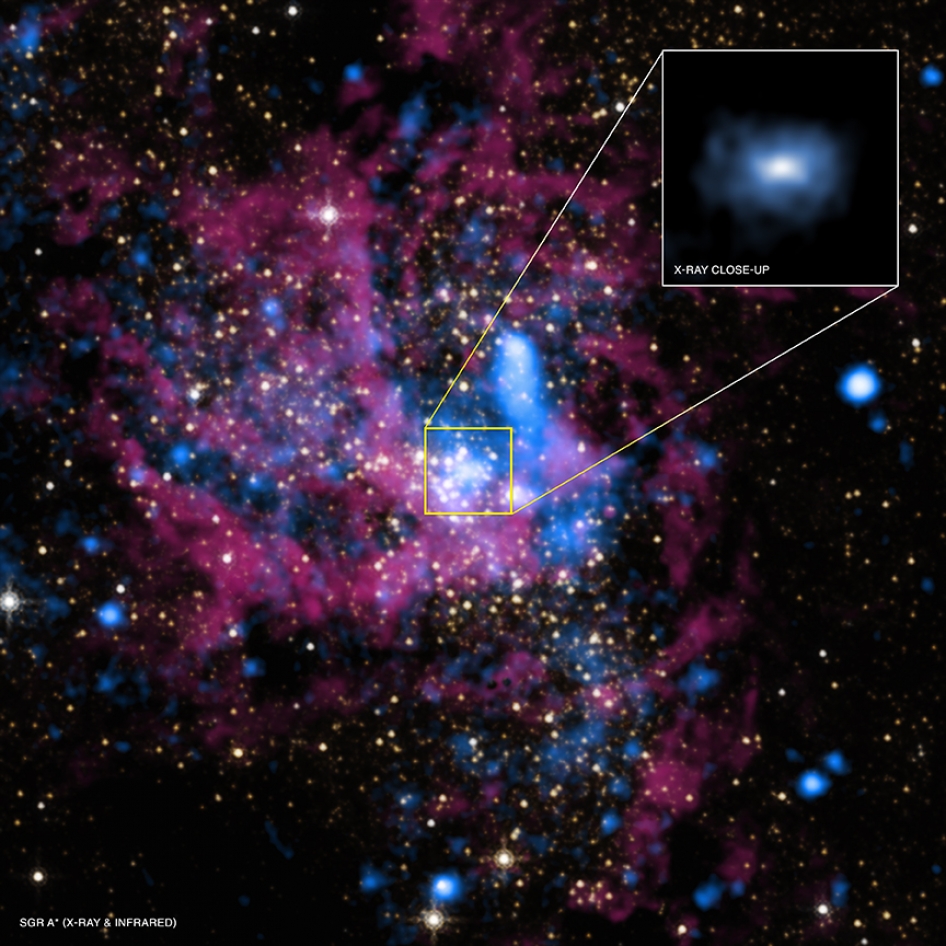After the drive on Sol 1691, the workspace in front of the rover had plenty of interesting rocks in front of us to keep us busy.
After the drive on Sol 1691, the workspace in front of the rover had plenty of interesting rocks in front of us to keep us busy.
Today I served as the Payload Uplink Lead-1 (PUL-1) for Mastcam, which means that I worked closely with the Geology Theme Group and other Mastcam PULs to make sure the images we take best capture the requests of the science team. Much to our delight, today’s plan is chock-full of fantastic Mastcam mosaics!
The plan starts off with several ChemCam observations to analyze the targets "The Maypole," "Weaver Rock," and "The Cleft," along with their corresponding Mastcam documentation images. We will then take a series of Mastcam mosaics on the targets "Ox Hill," "Old Tom," "Bear Island," and "Bowden Ledge" to characterize sedimentary structures and bedding features. We will also take a Mastcam image of yesterday’s automated ChemCam AEGIS observation to provide context for where the target ended up. Finally, we will take a Mastcam image of the rover deck, which we do periodically to monitor saltating material (loose grains being jostled around by the wind) near the height of the deck.
Curiosity will then use its robotic arm to take MAHLI images of the targets "Pejebscot Falls," "Sagadahoc Bay," and "Myrtle Ledge." That’s a grand total of 10 new targets in the today’s plan - it’s sure to be a busy day on Mars! We will close out Sol 1692 with a late-afternoon Mastcam observation of Mars’ moon Phobos transiting in front of the sun and an overnight APXS analysis on Sagadahoc Bay.
Written by Rachel Kronyak, Planetary Geologist at NASA's Jet Propulsion Laboratory





























